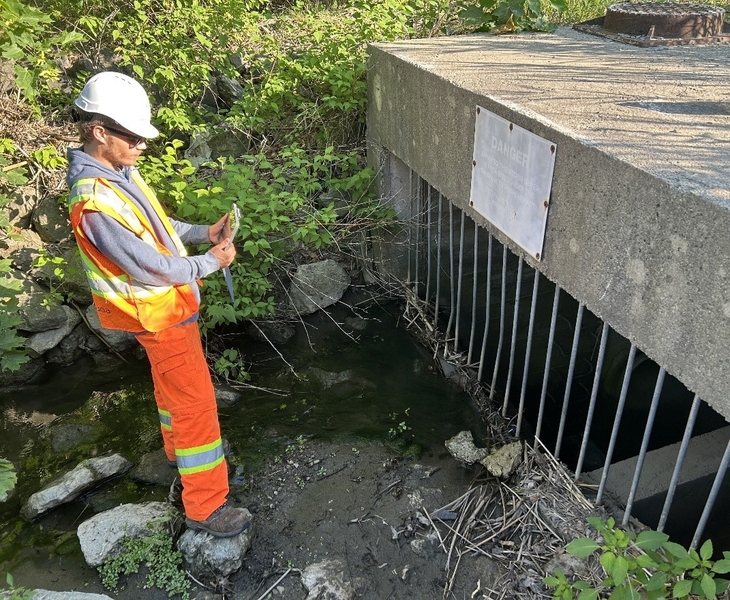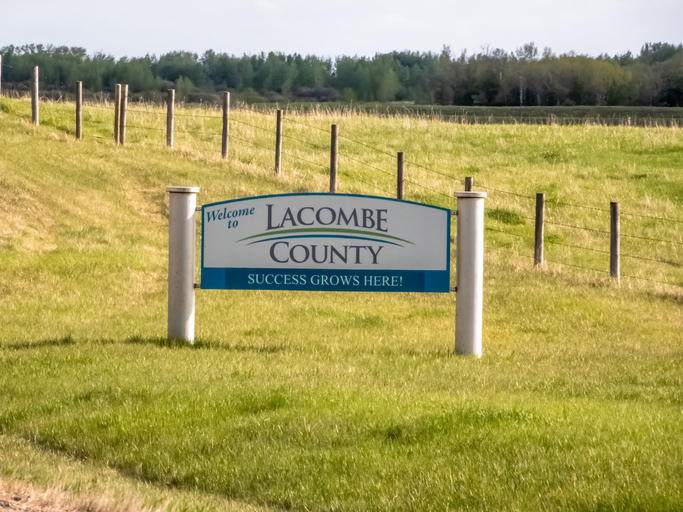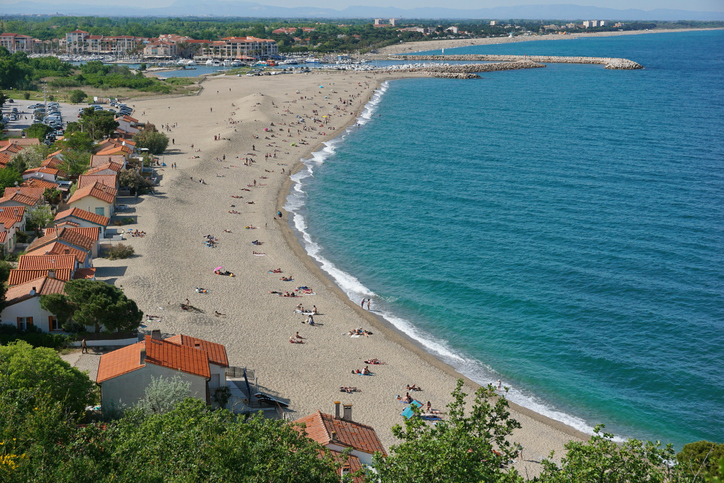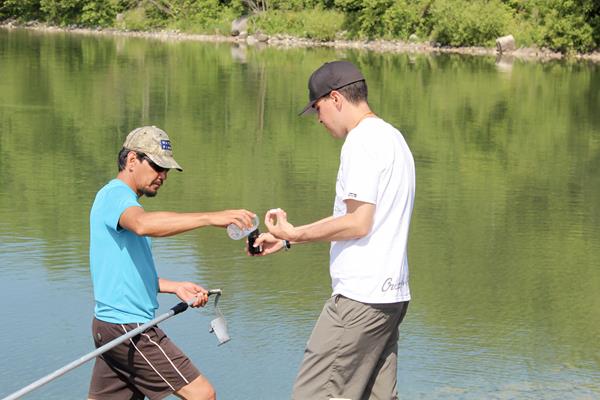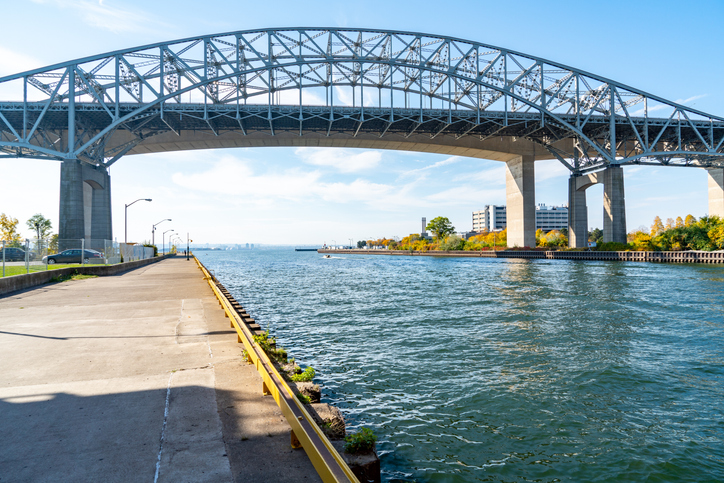The Canadian Remedial Action Plan Implementation Committee (CRIC) for the St. Clair River Area of Concern (AOC) has announced a Not Impaired status has been granted for three Beneficial Use Impairments (BUIs): Restrictions on Dredging Activities, Beach Closings, and Bird or Animal Deformities or Reproduction Problems.
The St. Clair River is one of 43 AOCs originally designated in 1987 under the Canada-United States Great Lakes Water Quality Agreement. Currently, there are nine such designated areas on the Canadian side of the Great Lakes, with five AOCs shared by both the United States and Canada, including the St. Clair River.
“The CRIC involves a number of different agencies at the table that make decisions about the work,” said Kelly Johnson, remedial action plan coordinator at the St. Clair Region Conservation Authority. Stakeholders at the table include: Environment and Climate Change Canada, Ontario’s Ministry of the Environment, Conservation and Parks, Ontario Ministry of Agriculture, Food and Rural Affairs, Ontario Ministry of Natural Resources and Forestry, City of Sarnia, Township of St. Clair, Walpole Island First Nation and Aamjiwnaang First Nation, the Binational Public Advisory Council, and the St. Clair Region Conservation Authority. “The decision making process is collaborative among all of those different agencies and community groups.”

The Restrictions on Dredging Activities BUI was initially deemed Impaired, because dredged material from the navigational channel of the St. Clair River and Sarnia Bay, which was federally owned and serviced freighters, often contained concentrations of metals, polychlorinated biphenyls (PCBs), oil, and grease that exceeded the provincial guidelines for open water disposal. Since 2000, most dredged material from the St. Clair River has been re-used and none has required special handling or treatment due to contaminant levels. Maintaining safe depths for navigation in the St. Clair River is the main purpose of ongoing dredging in the river.
The Beach Closings BUI was originally deemed Impaired due to excessive levels of bacteria at swimming areas. Major sources were identified as combined sewer overflows, water pollution control plant effluent, and agricultural runoff. Since that time, all local municipalities in the AOC have invested in water treatment system upgrades and sewer separation. Sarnia alone has invested $35 million since 2012 for treatment system upgrades and $60 million in sewer separation projects. Communities along the river have been connected to municipal sewers, and Wallaceburg has successfully separated 95 per cent of their combined sewers. In addition, best management practices have been implemented in rural communities, including thirty-seven riparian buffer projects that have mitigated the input of bacterial pollution.
In this case, local health authorities were a part of the collaborative process in eliminating the BUI, said Johnson.
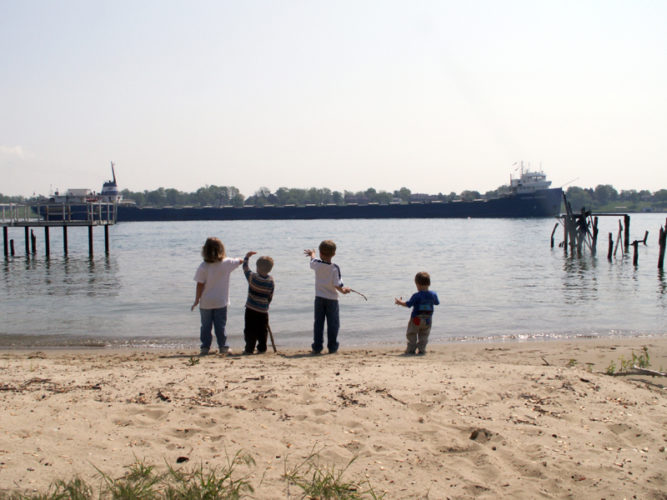
These combined efforts have dramatically reduced bacteria levels and improved overall water quality of the river. Bacteria levels observed at beaches and swimming areas in the AOC are no different than those recorded at locations outside of the AOC.
The Bird or Animal Deformities or Reproduction Problems BUI for the St. Clair River AOC was initially identified as Requiring Further Assessment. The re-designation of this BUI to Not Impaired status is the culmination of several exposure and field studies conducted since 2006 by ECCC. These studies assessed the prevalence of deformities and reproductive success in two aquatic indicator species, the Northern Leopard frog and the Common Snapping turtle.
“The environmental health of the river is proven with each BUI that’s redesignated,” said Johnson. “It means that the environmental health of the river is improving, and hopefully, that we’re three steps closer to deslisting the river as an AOC.”
More information on the St. Clair River program can be found at: https://www.friendsofstclair.ca/www/index.html
Cover image shows the Northern mouth of the Detroit River where it drains Lake St. Clair, which is fed by St. Clair Lake. Image Credit: Alasdair McLellan

